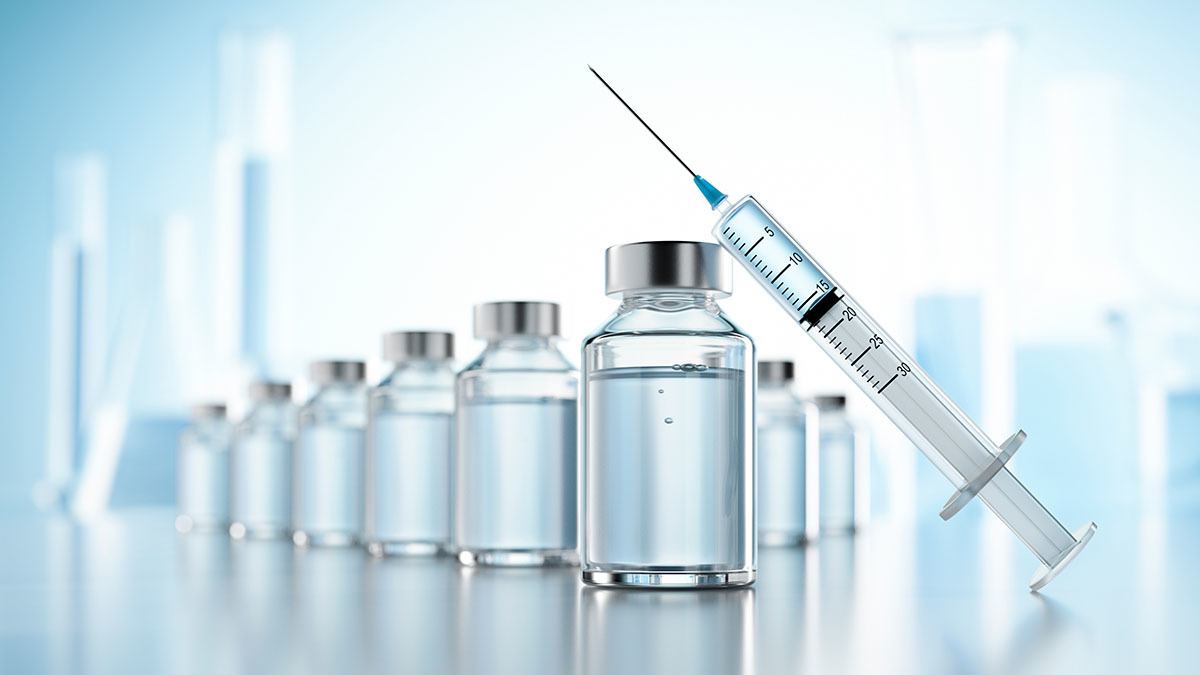USP Photostability Leachables Testing
The USP Photostability Leachables Testing service is a critical process in pharmaceutical manufacturing and quality assurance. It ensures that the leachable substances from packaging materials, containers, or closures do not adversely affect drug stability, efficacy, or safety under expected storage conditions.
This testing aligns with United States Pharmacopeia (USP) General Chapter <1682>, which provides detailed guidelines on how to conduct photostability leachables studies. This service is essential for companies looking to meet stringent regulatory requirements and maintain the integrity of their drug products.
Photostability testing involves exposing pharmaceutical packaging materials to controlled light sources, simulating real-world storage conditions that could lead to degradation or leaching. The primary goal is to identify potential contaminants that may affect the quality and safety of the medication over time. This service ensures that any leachables are within acceptable limits as defined by regulatory bodies.
The process typically includes several key steps:
- Sample preparation: Careful selection and preparation of the packaging materials to ensure accurate testing.
- Light exposure: Exposure of samples to UV light for varying durations, depending on their expected shelf life.
- Extraction process: Using appropriate solvents to extract potential leachables from the exposed samples.
- Analytical analysis: Utilizing advanced analytical techniques such as HPLC (High-Performance Liquid Chromatography), GC (Gas Chromatography), or ICP-MS (Inductively Coupled Plasma Mass Spectrometry) to identify and quantify leachables.
Once the analysis is completed, a comprehensive report detailing all findings is provided. This report includes detailed descriptions of the materials tested, conditions used during photostability testing, results obtained, and any potential risks identified. Compliance with USP <1682> standards ensures that the information presented in these reports meets high-quality benchmarks.
Photostability leachables testing is crucial for maintaining drug quality throughout its lifecycle. By identifying and managing potential issues early on, manufacturers can prevent costly recalls and ensure patient safety. This service also supports ongoing compliance with regulatory requirements such as USP <1682>, which helps protect the reputation of pharmaceutical companies and fosters trust among consumers.
In summary, USP Photostability Leachables Testing is a vital step in ensuring the quality and safety of pharmaceutical products. It involves rigorous testing protocols aimed at identifying any leachable substances that could impact the drug's stability, efficacy, or safety over time. By adhering to these standards, manufacturers can confidently meet regulatory expectations and provide safe, effective medications to patients.
Scope and Methodology
The scope of USP Photostability Leachables Testing encompasses a wide range of materials used in the pharmaceutical packaging chain. This includes primary containers like bottles, vials, and blisters; secondary packages such as cartons and boxes; and even tertiary packaging elements like pallet wraps or shipping crates.
The methodology for this testing is meticulously designed to simulate realistic exposure scenarios that could lead to leaching during storage and distribution. Key aspects include:
- Sample preparation: Ensuring the materials are representative of those used in actual manufacturing processes.
- Light exposure: Using UV lamps or solar simulators to expose samples to appropriate light intensities for specified durations.
- Extraction: Employing suitable solvents to effectively extract potential leachables from the exposed samples.
- Analytical techniques: Utilizing advanced analytical methods such as HPLC, GC, and ICP-MS to ensure accurate identification and quantification of leachables.
The testing process is conducted in accordance with USP <1682>, which provides comprehensive guidance on the protocol for conducting photostability studies. This ensures that all tests are performed consistently across different laboratories, enhancing reliability and comparability of results.
For each tested material, a detailed report is generated, summarizing the test conditions, results obtained, and any potential risks identified. These reports play a crucial role in guiding further manufacturing practices and ensuring continued compliance with regulatory standards.
Eurolab Advantages
At Eurolab, we pride ourselves on offering unparalleled expertise and cutting-edge technology for USP Photostability Leachables Testing. Our state-of-the-art facilities and experienced team ensure that every aspect of the testing process is conducted with precision and accuracy.
We employ a comprehensive approach to quality management, ensuring that all tests are performed in strict adherence to international standards such as USP <1682>. This commitment to excellence guarantees consistent results across different batches and environments, providing reliable data for decision-making purposes.
Our advanced analytical capabilities include the use of sophisticated instruments like HPLC, GC, and ICP-MS, enabling us to detect even trace amounts of leachables. This level of sensitivity is crucial in maintaining high-quality standards and ensuring product safety.
We also offer a full range of support services, from initial consultation on test protocols to post-test analysis and reporting. Our experienced staff are dedicated to providing personalized assistance tailored to the specific needs of each client, whether they are quality managers, compliance officers, or R&D engineers.





